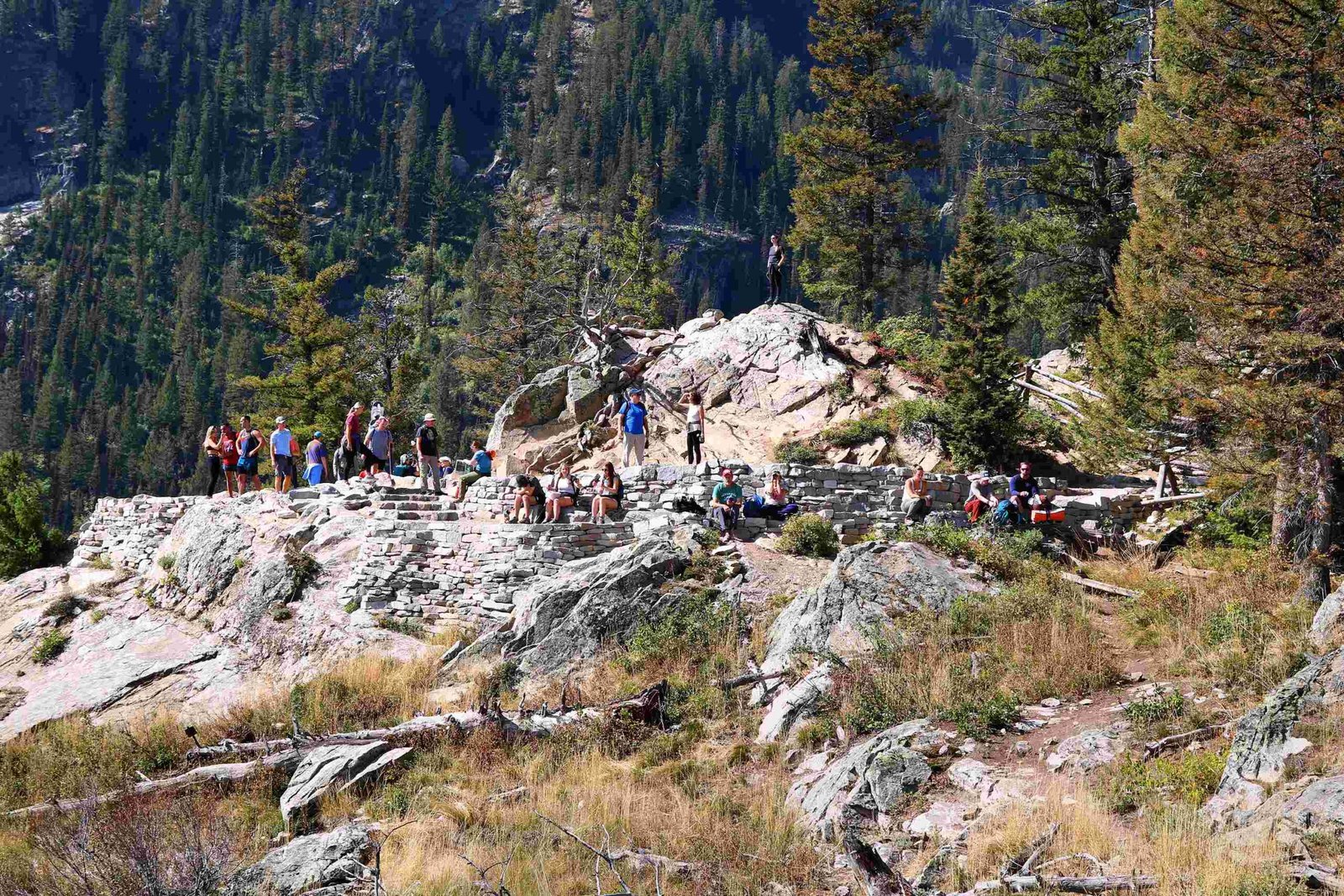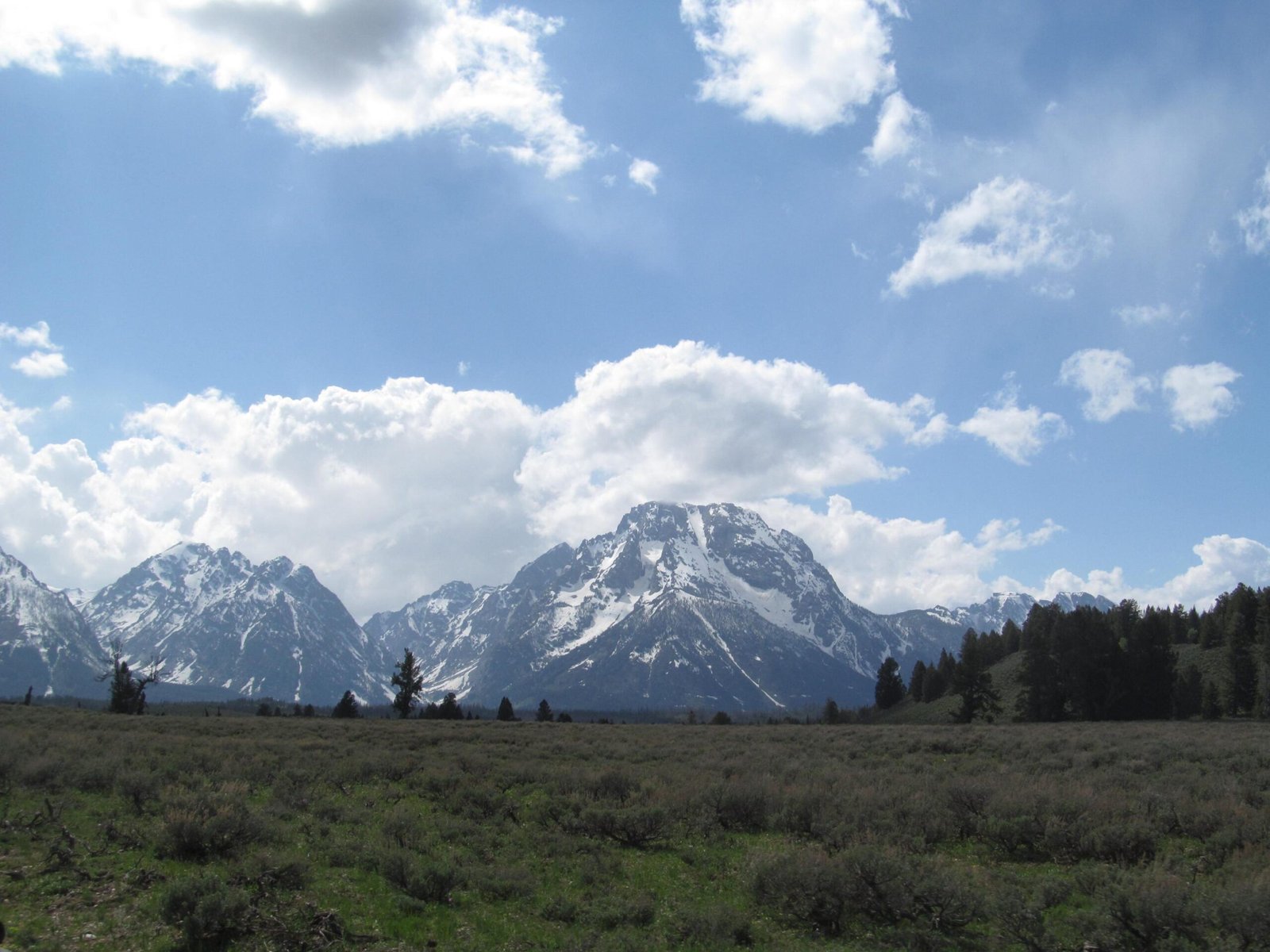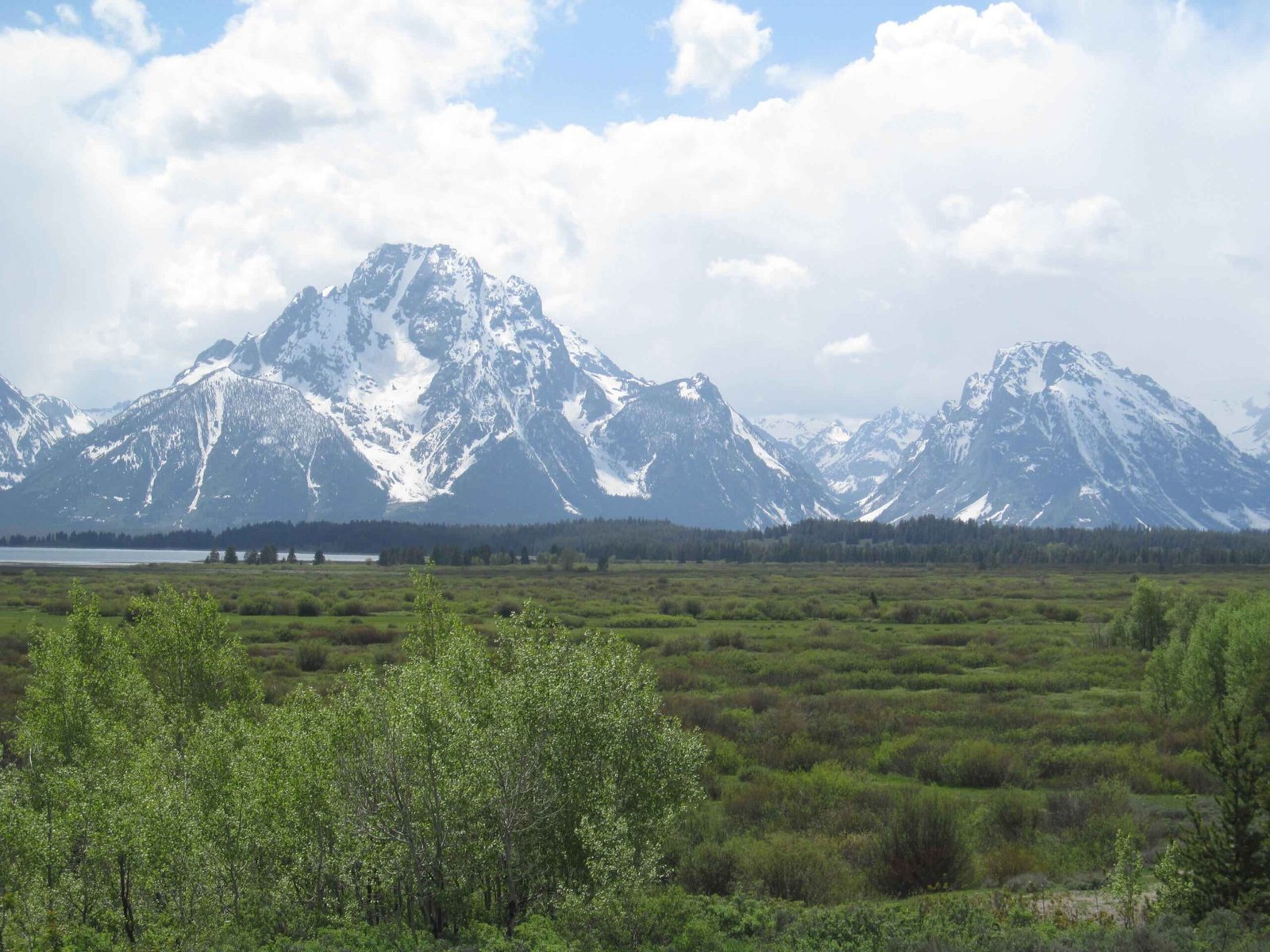The Grand Teton National Park derives its distinctive name from early 19th-century French trappers who observed the mountain range’s striking silhouette. These explorers creatively described the three prominent peaks as ‘les trois tétons’ – translating to ‘the three teats’ or ‘the three breasts’ – a vivid geographical metaphor that has endured through centuries of exploration and cultural transformation.
What Inspired the Name of Grand Teton?

Who First Named the Teton Mountains?
French-Canadian and Iroquois trappers were the pioneering explorers who first christened the mountain range. Their linguistic description captured the unique topographical features of the landscape, creating a lasting nomenclature that would become synonymous with one of America’s most breathtaking national parks.
Why Did French Trappers Use Such a Descriptive Term?
The trappers’ naming convention was deeply rooted in visual perception and cultural language. When viewing the mountain range from specific angles, the three primary peaks – Grand Teton, Middle Teton, and South Teton – remarkably resemble a female anatomical form, hence the provocative yet descriptive name.
Historical Context of Mountain Naming

| Era | Explorers | Naming Approach |
|---|---|---|
| Early 1800s | French Trappers | Anatomical Description |
| 1811 | Wilson Price Hunt | “Pilot Knobs” (Temporary) |
| Late 1800s | Cartographers | Standardized “Grand Teton” |
What Myths Surround the Teton Name?
Contrary to popular belief, the name is not connected to the Teton Sioux tribe. The tribe, located approximately 200 miles away in the Dakotas, has no direct linguistic connection to the mountain range’s nomenclature.
Cultural and Linguistic Evolution
The naming process reflects a fascinating intersection of:
– European exploration
– Indigenous landscape interaction
– Linguistic creativity
– Geographical observation
How Did the Name Become Official?
The United States Geological Survey (USGS) Board on Geographic Names officially standardized “Grand Teton” in 1970, transforming the colloquial trapper’s description into a formal geographical designation.
Interesting Linguistic Nuances
- “Teton” translates to “breast” in French
- The term was anglicized over time
- Early maps gradually adopted the current name
What Makes the Naming Significant?
The Grand Teton’s name represents more than a geographical marker. It embodies:
1. Cultural exchange between European explorers and North American landscapes
2. Creative geographical description
3. Linguistic preservation of early exploration narratives
Geographical Perspective
The Teton Range, located in northwestern Wyoming, stands as a testament to the rich narrative embedded in its name. The mountains rise dramatically from the Jackson Hole valley, creating a landscape that continues to inspire and captivate visitors from around the world.
Conclusion
The story of how Grand Teton National Park got its name is a remarkable tale of linguistic creativity, cultural observation, and geographical storytelling. From French trappers to modern cartographers, the name has preserved a unique moment of descriptive brilliance.

